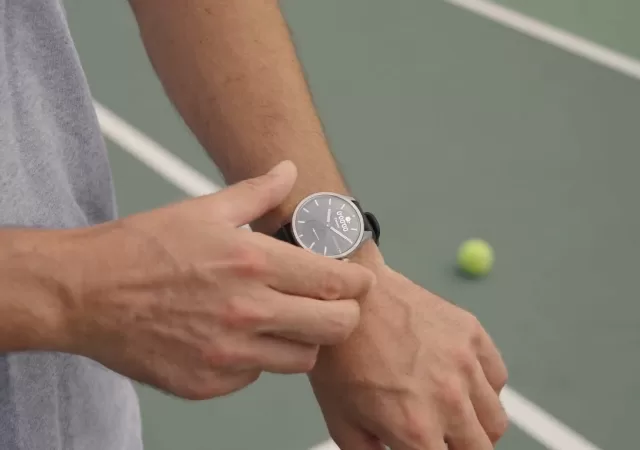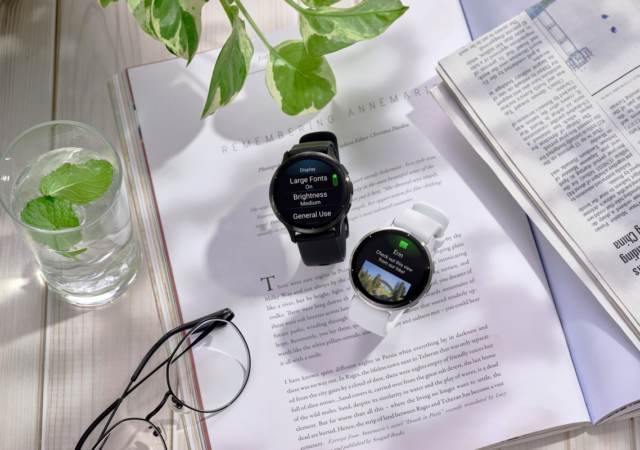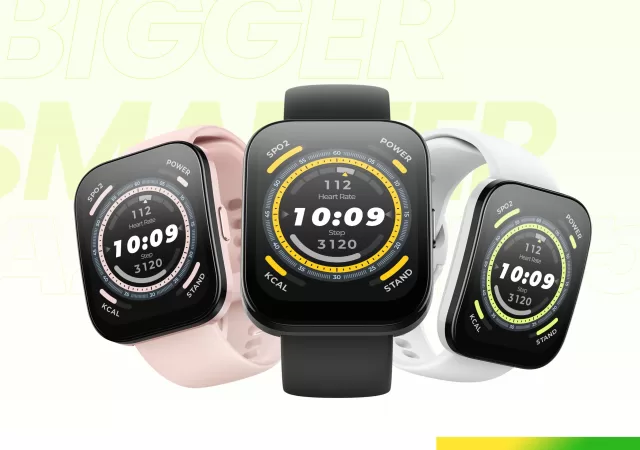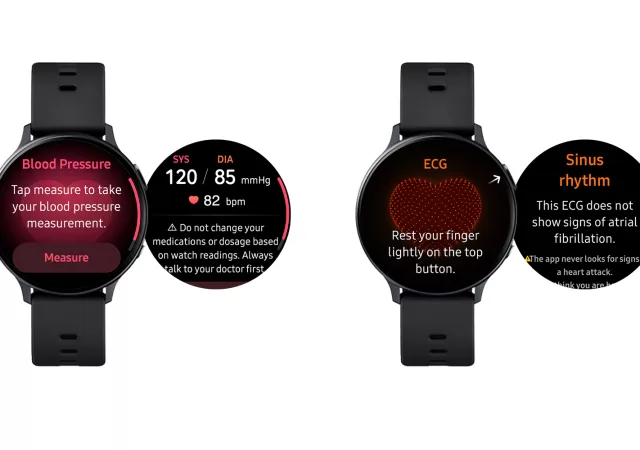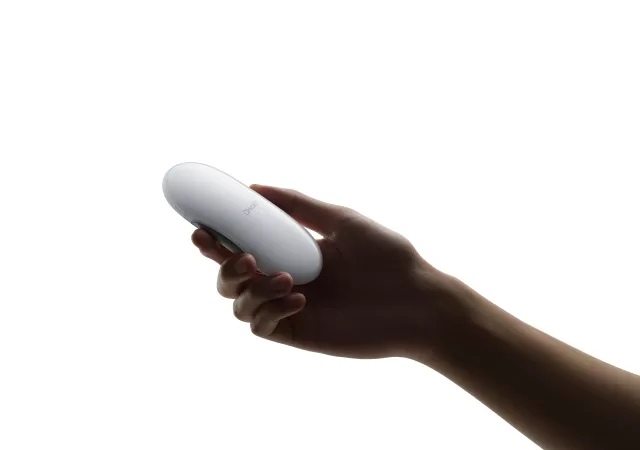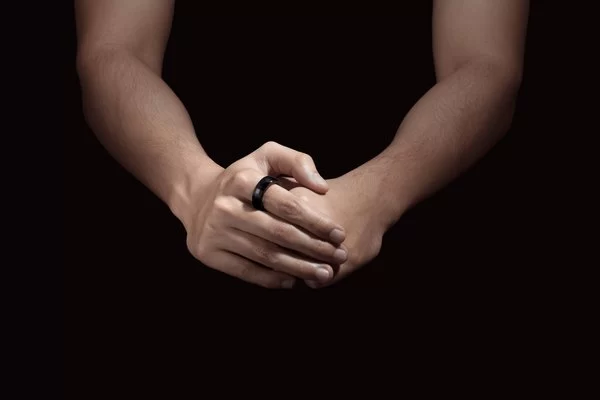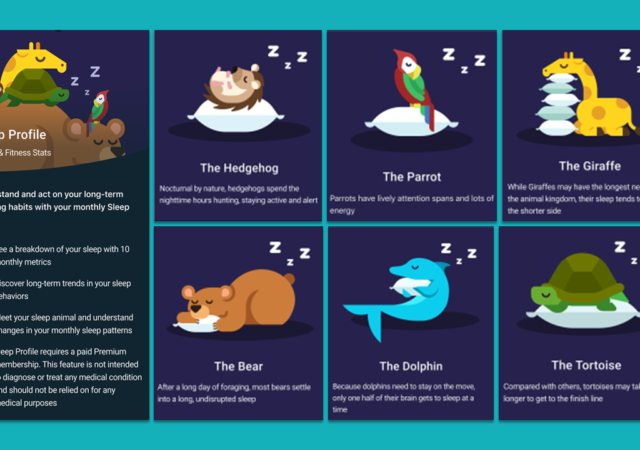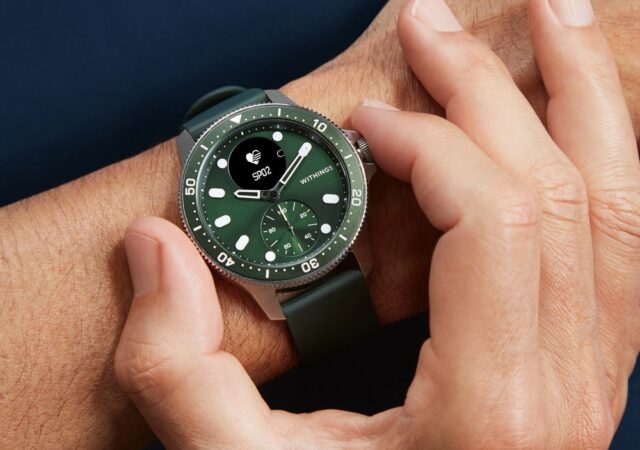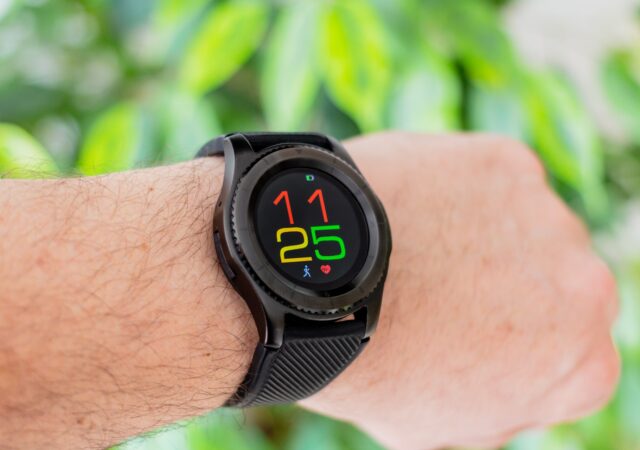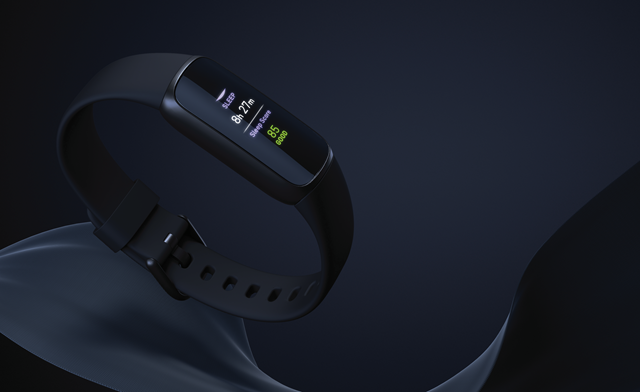Withings introduces two new entries into their ScanWatch lineup – the ScanWatch 2 and the ScanWatch Light. Both are feature rich and stylish.
Garmin Unveils Venu 3 Series Smartwatches
Garmin announces a brand new line of smartwatches with the new Venu 3 series. The two new entries bring a myriad of new features including nap detection and wheelchair mode.
Amazfit Bip 5 Makes Sure You Don’t Miss a Thing with a Super Sized 1.91-inch Display
Amazfit introduces the new, supersized Bip 5 which brings extensive personalization, health tracking and stylish expression.
Samsung Galaxy Watch ECG & Blood Pressure Apps Gets Green Light in Malaysia
Samsung’s ECG and Blood Pressure apps for the Galaxy Watch series have been listed in the Malaysian Media Device Authority Database.
OPPO Steps Into Health Devices with the New OHealth H1
OPPO takes its first step into health technologies with a brand new health tracker called the OHealth H1.
Ultrahuman Ring Brings Health Insights to your Fingertips
Ultrahuman wants to change the way we track our health with the new Ultrahuman Ring.
Are You A Giraffe, A Bear or A Dolphin? Fitbit’s new Sleep Profiles will Let You Know
Fitbit introduces a new feature for Fitbit Premium users to help them better understand their sleep patterns and its impact on health.
Withings ScanWatch Horizon Detects Sleep Apnea & Atrial Fibrillation
When it comes to wearables and health tracking, Withings isn’t necessarily the first name you would think of. However, the company is no stranger to health technology; in fact, they were once known as Nokia Health. They aren’t actually a…
[Google I/O 2021] Google & Samsung Take Wear OS to the Next Level
Google and Samsung are partnering to bring one of the biggest updates to Wear OS that could change the fate of wearables.
Fitbit Unleashes A Fashionable Tracker with the Fitbit Luxe
Fitbit has always been a company that has focused on being functional wearable; putting fitness and health tracking before form and style. However, with the new Fitbit Luxe, they’re turning that approach on its head. The Fitbit Luxe takes a…



